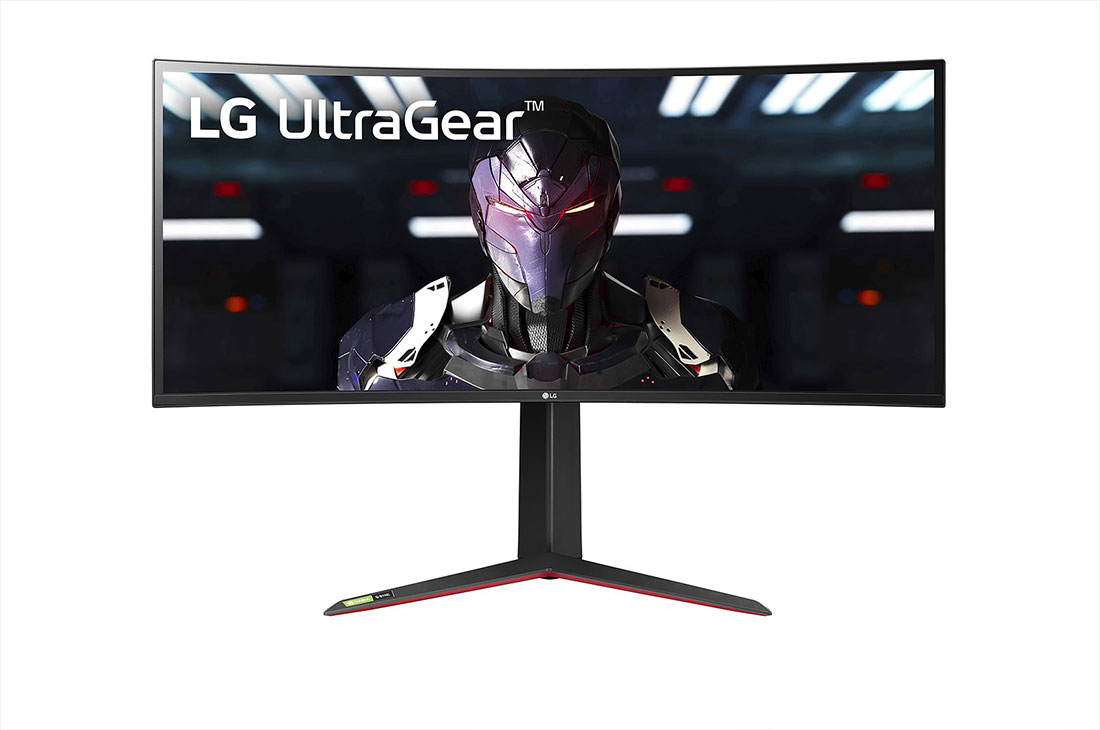

If you wish to remove the monitor from its stand and have it be mounted on a wall, the LG 27GL850-B does have a thinner screen at 2.2 inches (5.6 cm), versus the VG27AQ’s 2.8 inches (7.1 cm) of screen thickness. The overall thickness for the ASUS TUF VG27AQ (with the stand) is 5.4 inches (13.7 cm), while the LG 27GL850-B is quite thicker at 6.5 inches (16.5 cm). On the other hand, the LG 27GL850-B, with its plastic red accents running across the back and behind the V-shaped portion of the stand, give it an overall cheaper look.īoth monitors have equally thin borders, at 0.4 inches (1 cm), so they can be paired with other monitors for multi-display setups quite nicely. The VG27AQ has a versatile look that can make it appropriate not just for a gaming setup, but even for an office setting.

Though beauty is in the eye of the beholder, it is difficult to argue that the ASUS TUF VG27AQ doesn’t have a much more sleek and simplistic design versus the LG 27GL850-B. To compete with this offering from ASUS, LG has released the 27GL850-B, which features a LG’s proprietary Nano IPS panel and a simulated 10-bit panel depth, used to generate over one billion colors.īut does the LG 27GL850-B surpass the ASUS TUF VG27AQ in overall performance, and is it worth the extra cost associated with it? To answer this question we will compare both options – in terms of manufacturer specifications and real-world benchmarks – and declare a winner depending on different modes of application: like competitive gaming, triple-A gaming, or general use & productivity. ASUS is generally known for manufacturing quality monitors with incredibly low input-lag, and have been a standard for many competitive gaming tournaments for this very reason. This monitor is time-tested and has made a reputation for its excellent performance and high durability.

Perhaps the most popular of all 27-inch 1440p 144 Hz displays, in an oversaturated gaming monitor market, is ASUS’s TUF VG27AQ. Add to this the fact that new-generation consoles, like the Xbox Series X, can now natively support 1440p at 120 Hz – and the release of the new Nvidia GeForce RTX 30 Series and AMD Radeon RX 6000 Series GPUs, which have made this resolution & framerate combination more affordable – and we can see how it is slowly becoming the new norm for both competitive and triple-A gaming. The 1440p 144 Hz resolution – refresh rate combination has almost become a new standard for gaming, as it has the best of both worlds: crisp visuals, paired with smooth framerates.


 0 kommentar(er)
0 kommentar(er)
